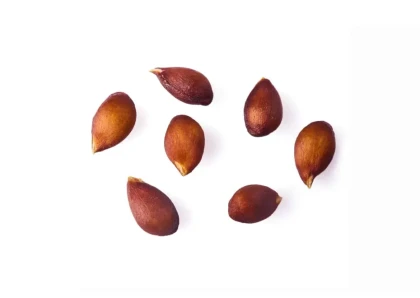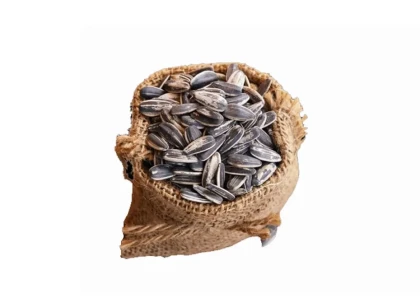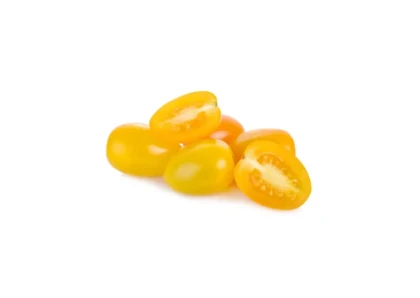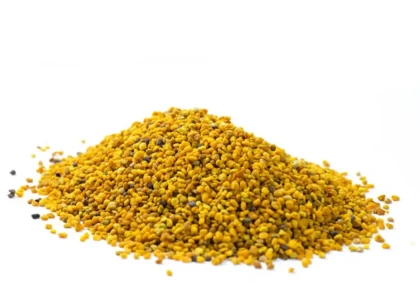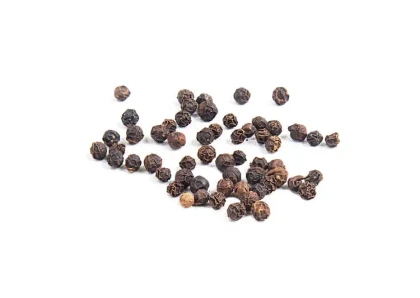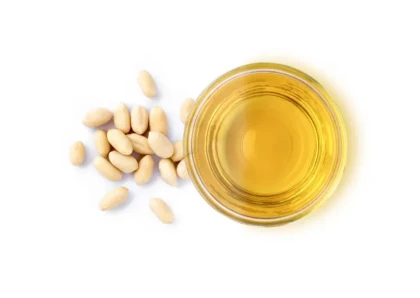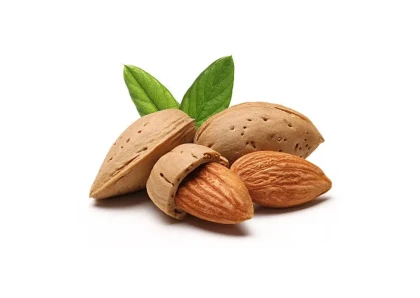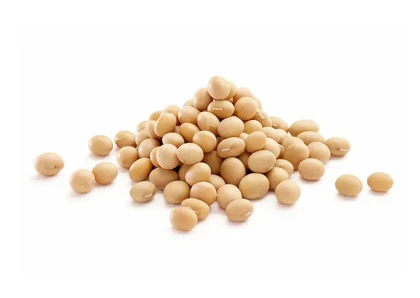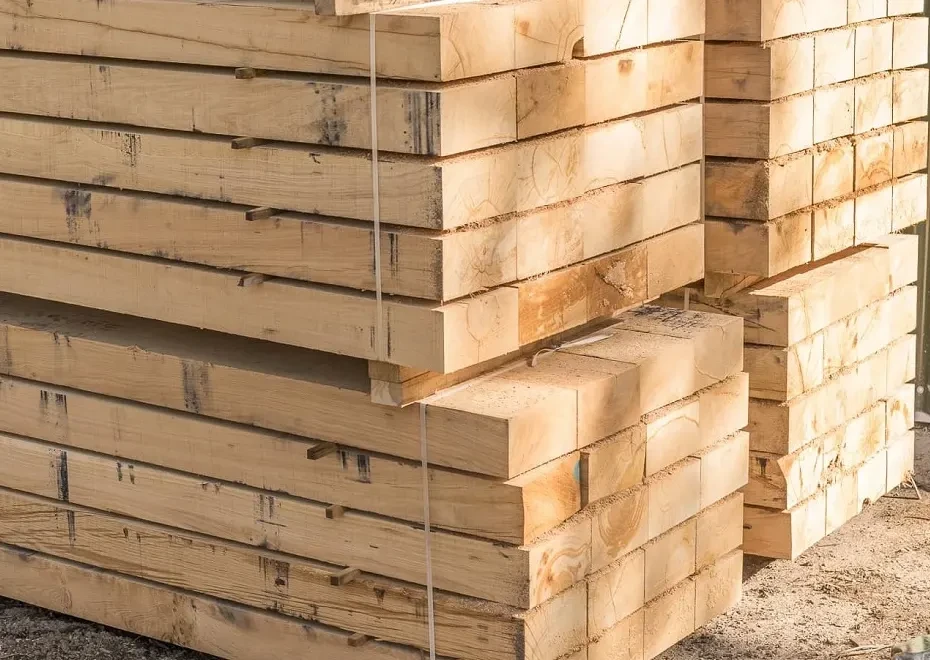
Hickory Railroad Cross Ties
Overview
Hickory railroad cross ties are a type of wooden beam that is used to support railroad tracks. They are made from hickory, which is a strong and durable wood that is naturally resistant to decay and insects. Crossties are typically 8 feet long, 6 inches wide, and 5 inches thick. They are treated with creosote or pentachlorophenol to protect them from further decay and insects.
Hickory railroad cross ties are a popular choice for railroad tracks because they are strong, durable, and long-lasting. They can withstand the weight of trains and the harsh conditions of the railroad environment. Hickory crossties are also relatively easy to work with, which makes them a cost-effective option.
Different Types of Trees Used for Railroad Cross Ties
- Oak: Oak is a strong and durable wood that is naturally resistant to decay and insects. It is also relatively easy to work with.
- Hickory: Hickory is another strong and durable wood that is also resistant to decay and insects. It is a bit harder to work with than oak, but it is still a good choice for railroad cross ties.
- Maple: Maple is a strong and dense wood that is also resistant to decay. It is not as hard as oak or hickory, but it is still a good choice for railroad cross ties.
- Douglas fir: Douglas fir is a softwood that is strong and durable. It is also relatively easy to work with. Douglas fir is not as resistant to decay as oak or hickory, but it is still a good choice for railroad cross ties in areas with a moderate climate.
- Southern pine: Southern pine is another softwood that is strong and durable. It is also relatively easy to work with. Southern pine is not as resistant to decay as oak or hickory, but it is still a good choice for railroad cross ties in areas with a hot, humid climate.
What are the different types of wood products that can be made from hickory railroad cross ties?
In addition to being used as railroad crossties, hickory wood can be used to make a variety of other products, including furniture, flooring, and tool handles. Hickory is a strong and durable wood that is well-suited for these applications.
What are the benefits of using hickory railroad cross ties?
There are several benefits to using hickory railroad cross ties. These include:
- Strength and durability: Hickory is a strong and durable wood that is well-suited for use as a railroad crosstie.
- Resistance to decay and insects: Hickory is naturally resistant to decay and insects. This means that treated hickory crossties can last for many years.
- Cost-effectiveness: Hickory railroad crossties are typically less expensive than other types of crossties, such as oak.
What are the cons of using hickory railroad cross ties?
There are a few potential drawbacks to using hickory railroad cross ties. These include:
- Weight: Hickory is a heavy wood, which can make it difficult to transport and install.
- Hardness: Hickory is a hard wood, which can make it difficult to cut and shape.
- Toxicity: The preservative that is used to treat hickory railroad cross ties can be toxic.
What are the treated options for hickory railroad cross ties?
There are two main types of treatment that are used for hickory railroad cross ties: creosote and pentachlorophenol. Creosote is a petroleum-based product that is highly effective at preventing decay and insects. Pentachlorophenol is a synthetic compound that is also effective at preventing decay and insects.
What are some additional tips for using hickory railroad cross ties?
Here are a few additional tips for using hickory railroad cross ties:
- Make sure that the crossties are properly installed. This will help to ensure that they are able to support the weight of the railroad tracks.
- Inspect the crossties regularly for signs of decay or damage. If any crossties are found to be damaged, they should be replaced immediately.
- Treat the crossties with a preservative every few years. This will help to extend their lifespan.
Where can I buy hickory railroad cross ties?
Discover high-quality hickory railroad cross ties at Forestry. Trust us to provide top-notch options that meet your hickory railroad cross ties needs. With our commitment to quality and customer satisfaction, find the perfect hickory railroad cross ties for your project. Contact us now to explore our extensive selection.
- We offer wholesale and bulk buying options for hickory railroad cross ties
- Wide variety of hickory railroad cross ties
- Variety of grades and treatment options
- Knowledgeable team
- On-time completion
- Satisfaction guarantee
Conclusion
Hickory railroad cross ties are a strong and durable option for supporting railroad tracks. They are typically less expensive than other types of crossties, and they can last for many years. However, they are also heavier and harder to cut and shape than some other types of crossties.
FAQs
- What is the lifespan of a hickory railroad cross tie?
- What are the environmental impacts of using hickory railroad cross ties?
- Are there any alternatives to hickory railroad cross ties?
A hickory railroad cross tie that is properly installed and treated can last for up to 50 years.
The creosote and pentachlorophenol that are used to treat hickory railroad cross ties can have environmental impacts. These chemicals can pollute soil and water, and they can also be harmful to human health.
Yes, there are a number of alternative materials that can be used for railroad cross ties. Some of these alternatives include concrete, plastic, and steel.
No listings available
Related Products
Questions & Answers
What do you want to know about this product?
Reviews (5)
TimberPro87
Unmatched Strength, Lasting Performance
Hickory Railroad Cross Ties deliver unmatched strength and durability. They provide a solid foundation for tracks, ensuring lasting performance in demanding railway environments. Highly recommended!
RailMaster123
Resilience and Longevity in Every Tie
Hickory Railroad Cross Ties exhibit remarkable resilience and natural resistance to decay. Their durability ensures longevity, reducing maintenance costs. A reliable choice for railway projects.
WoodWhiz22
Solid, Stable, and Built to Last
Hickory Railroad Cross Ties provide exceptional structural integrity, offering a solid and stable base for tracks. Their longevity and reliability make them a top choice for railway construction.
EcoTrackEnthusiast
Versatile and Sustainable Material
Hickory Railroad Cross Ties not only offer strength and durability but also versatility. Repurposing them for landscaping or furniture projects promotes sustainability and showcases their unique grain patterns
DesignRailGuy
Strength meets Aesthetics
Hickory Railroad Cross Ties combine exceptional strength with visually appealing aesthetics. Their distinctive grain patterns enhance the visual appeal of railway tracks. A winning combination!




